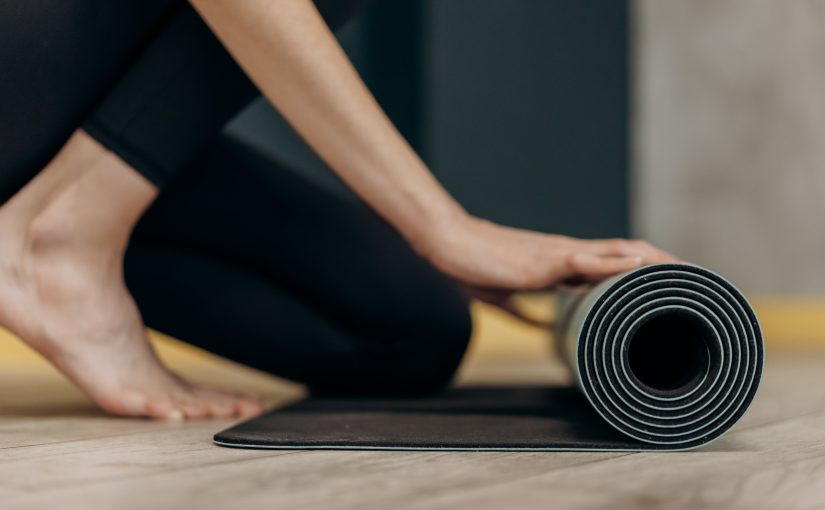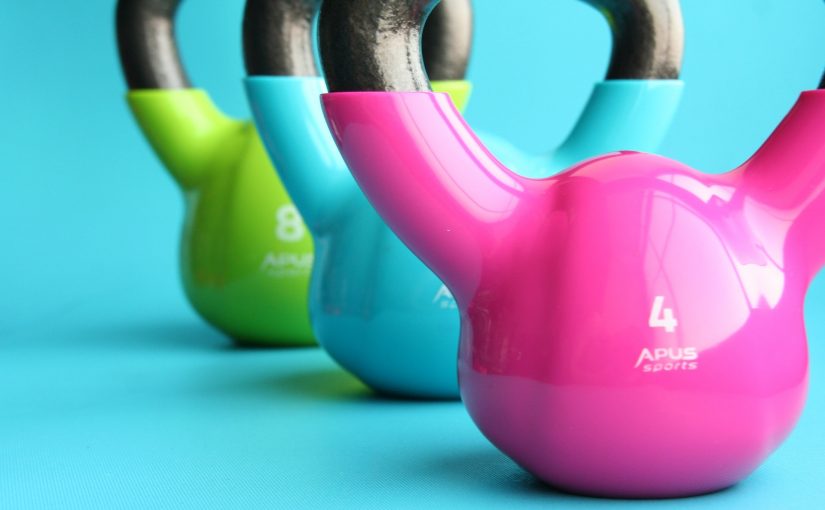As winter approaches, keeping up with a running routine can become a challenge. The drop in temperature and shorter daylight hours make it tempting to stay warm indoors, but morning runs in colder weather offer unique benefits for physical health and mental resilience. With the right approach, anyone can stay motivated to lace up and hit the pavement on those chilly mornings.
Benefits of Morning Runs in Winter
Enhanced Mental Clarity and Energy for the Day
Running in crisp winter air can feel invigorating, and this boost is more than just psychological. Cold air helps activate the body, promoting mental clarity and focus that can last throughout the day. A morning run in winter wakes up the mind and body, helping you stay energized and productive. Running is perfect for beginners or advanced fitness buffs when it comes to working out.
Boosted Immune System and Cold Resistance
Although cold weather might seem harsh, consistent exposure to the elements can strengthen the immune system. Running in colder temperatures helps the body build resilience, reducing the chance of winter colds and improving cold tolerance. For those who practice outdoor fitness or work with personal training experts in Miami or other major cities, adapting to different climates can also provide a stronger foundation for endurance.
Increased Endorphin Release to Combat Winter Blues
With winter often comes the “blues,” or seasonal affective disorder (SAD), but running helps counteract these feelings. Physical activity releases endorphins, also known as “feel-good” hormones, that reduce stress and boost mood. Morning runs are a powerful antidote to winter-induced lethargy, helping to keep both body and mind uplifted.
Layering Clothing for Cold Weather Running
Choosing the Right Base Layers to Wick Away Moisture
Starting with the right base layer is crucial for winter running. Moisture-wicking materials like synthetic fabrics or merino wool pull sweat away from the skin, maintaining warmth by keeping you dry. This layer prevents the chill effect, which occurs when sweat sits on your skin, making you feel colder.
Optimal Mid-Layers for Insulation Without Overheating
The mid-layer provides insulation without overheating. Fleece or wool are great choices because they trap heat while allowing air to circulate. For winter running, breathable yet insulating layers ensure you stay comfortable, even when temperatures fluctuate.
Selecting a Weatherproof Outer Layer for Wind and Rain
Wind and rain can make even a short run uncomfortable, so a lightweight, weatherproof jacket is essential. Look for an outer layer that blocks wind and repels rain or snow without adding too much bulk. This type of jacket shields you from the elements, allowing you to focus on the run instead of the weather.
Mental Tricks to Stay Motivated for Morning Runs
Setting Small, Achievable Goals to Build Consistency
Setting manageable goals is key. Start with short runs or commit to running for a set number of minutes each day. Achieving these small goals helps build momentum, which will keep you motivated.
Using Visualization and Positive Affirmations
Visualizing your run or using affirmations can create mental readiness, making it easier to step outside on cold mornings. Positive thoughts help reinforce the habit and make each run feel rewarding.
Rewarding Yourself After Each Run
Create a post-run ritual, like enjoying a warm coffee or a hearty breakfast, to build a positive association with your morning routine. This reward can be just the encouragement you need to get out the door.
Winter morning runs bring unique physical and mental benefits, from increased clarity and energy to improved resilience. By layering correctly and using motivational tricks, you can keep your running routine going strong, no matter the temperature. Embrace the challenge of winter running and enjoy the rewards it brings to your fitness and well-being.




